Podcast: Play in new window | Download (Duration: 29:00 — 20.0MB) | Embed
Subscribe: Apple Podcasts | Spotify | Amazon Music | Android | Pandora | iHeartRadio | JioSaavn | Podchaser | Gaana | Podcast Index | Email | TuneIn | Deezer | Anghami | RSS | More
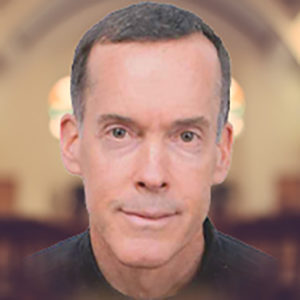
Longing for God’s Love – St. John of the Cross: Master of Contemplation with Fr. Donald Haggerty
Fr. Donald Haggerty discusses St. John of the Cross’s deep insights into contemplative prayer, emphasizing the hidden yet profound ways God communicates with the soul. God’s presence is beyond human comprehension, yet intimately personal, particularly through the sacraments and prayer. Contemplation is described as a surrender to divine love, requiring faith and humility rather than an emotional or intellectual grasp of God. Drawing from St. John of the Cross, genuine supernatural experiences often transcend natural consolations, as God touches the soul in a way that surpasses human faculties.
True prayer is an interior surrender that aligns with a life fully given to God. Contemplative graces can emerge unexpectedly, even in old age or suffering, as souls abandon themselves to God’s will. Saints like Mother Teresa and St. Damien of Molokai are examples of those who embodied this surrender, allowing God to act through them.
Discerning Hearts Reflection Questions
- How does the hidden nature of God’s presence in the Eucharist and within the soul challenge your understanding of prayer?
- In what ways do you seek consolation in prayer, and how might deeper surrender to God transform your spiritual life?
- How does recognizing the infinite magnitude of God shape your reverence in the sacraments and in personal prayer?
- What role does faith play in trusting God’s presence, even when you do not feel His closeness?
- How can you cultivate a deeper awareness of belonging entirely to God in your daily life?
- In what ways can suffering or trials become an opportunity for deeper union with God?
- How do the examples of saints like Mother Teresa and St. Damien of Molokai inspire you to live a more self-giving life?
- What practices or gestures can help you grow in humility before God in prayer and worship?
- How does understanding God’s presence within you, as taught by St. John of the Cross, change your approach to contemplation?
- What steps can you take to foster a greater longing for God throughout your life, rather than waiting until the final moments?
An excerpt from St. John of the Cross: Master of Contemplation
“The ease with which contemplation can take place when a soul is accustomed to approach God with a deeper surrender of itself is evident in this passage. The great obstacle to the soul at this time, on the other hand, as mentioned already, lies in an excessively conscientious approach to prayer that resists adaptation. And in a real sense, this involves a lack of surrender to God. The conscientiousness to “do prayer” as taught in one’s training is not necessarily a virtue; it actually can be a fault that makes a soul reluctant to alter its ways. The person may have become accustomed for many months, sometimes for years, to fill a silent time of prayer with an imaginative gaze on the Gospel or in searching for spiritual insights. The familiarity of the method has trained the person to seek satisfaction in the acquisition of new thoughts or in the enjoyment of some felt sense of loving God. The virtuous resolutions that may conclude such prayer give the time of prayer a sense of a purposefulness. For many souls, it becomes very hard to accept that a prayer less active, less searching, a prayer more inconclusive, more open-ended, can be an advancement in prayer. The suggestion to remain quiet seems to invite the laziness of non-activity into prayer and to yield fruitless results.
As we have mentioned, these souls, if they are receiving contemplative graces, are the fervent and dedicated people of the spiritual life. They are people who do give themselves generously in charity and to the will of God. They work hard and spend themselves. Otherwise, the grace of contemplation would not be occurring. But it is precisely this conscientiousness that can work against them at this time. They are not acclimated to a more receptive acceptance of subtle graces from God. If the person can trust inwardly and allow the soul to follow its deeper instinct of love, as described in the fifth sign, then the door opens to the graced inner desire to seek nothing but to love God in prayer. Unfortunately, an active mentality may tend for a time to resist the “apparent” abandonment of concrete fruits from its prayer. Such a soul may prefer, as Saint John of the Cross comments, to do over and over again what has been done and completed already. The aversion can be strong to doing what is thought to be doing nothing. Yet how mistaken this may be. Saint John of the Cross employs a striking image: removing the rind from a piece of fruit, so that it is ready to eat, and then trying to peel it once again…”
Haggerty, Donald. Saint John of the Cross: Master of Contemplation (pp. 196-197). Ignatius Press. Kindle Edition.


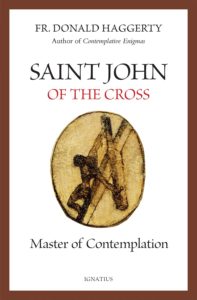
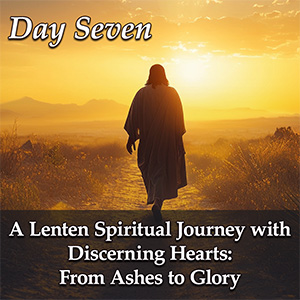 A Lenten Spiritual Journey with Discerning Hearts: From Ashes to Glory – Discerning Hearts Podcast
A Lenten Spiritual Journey with Discerning Hearts: From Ashes to Glory – Discerning Hearts Podcast Steps to Take as You Follow Christ
Steps to Take as You Follow Christ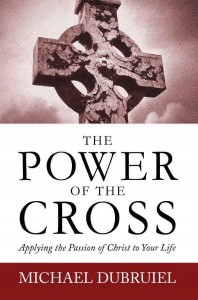
 ! We HIGHLY encourage you to download this exceptional work.
! We HIGHLY encourage you to download this exceptional work.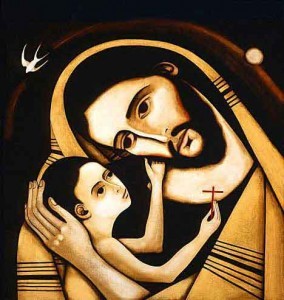
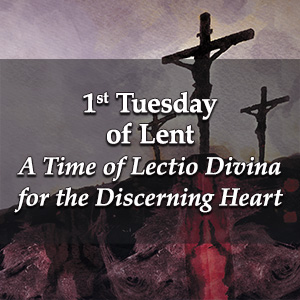 1st Tuesday of Lent – A Time of Lectio Divina for the Discerning Heart Podcast
1st Tuesday of Lent – A Time of Lectio Divina for the Discerning Heart Podcast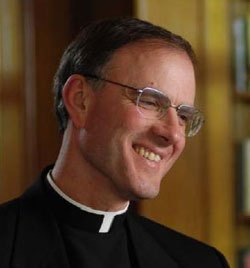
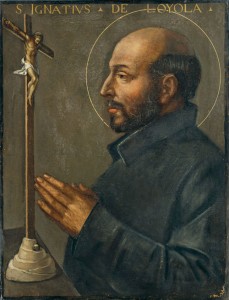
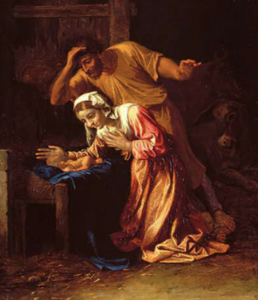
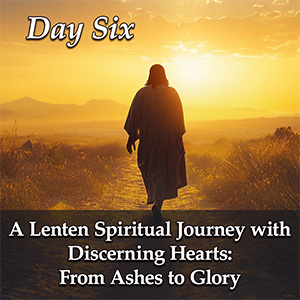 A Lenten Spiritual Journey with Discerning Hearts: From Ashes to Glory – Discerning Hearts Podcast
A Lenten Spiritual Journey with Discerning Hearts: From Ashes to Glory – Discerning Hearts Podcast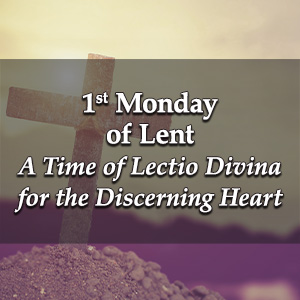 1st Monday of Lent – A Time of Lectio Divina for the Discerning Heart Podcast
1st Monday of Lent – A Time of Lectio Divina for the Discerning Heart Podcast